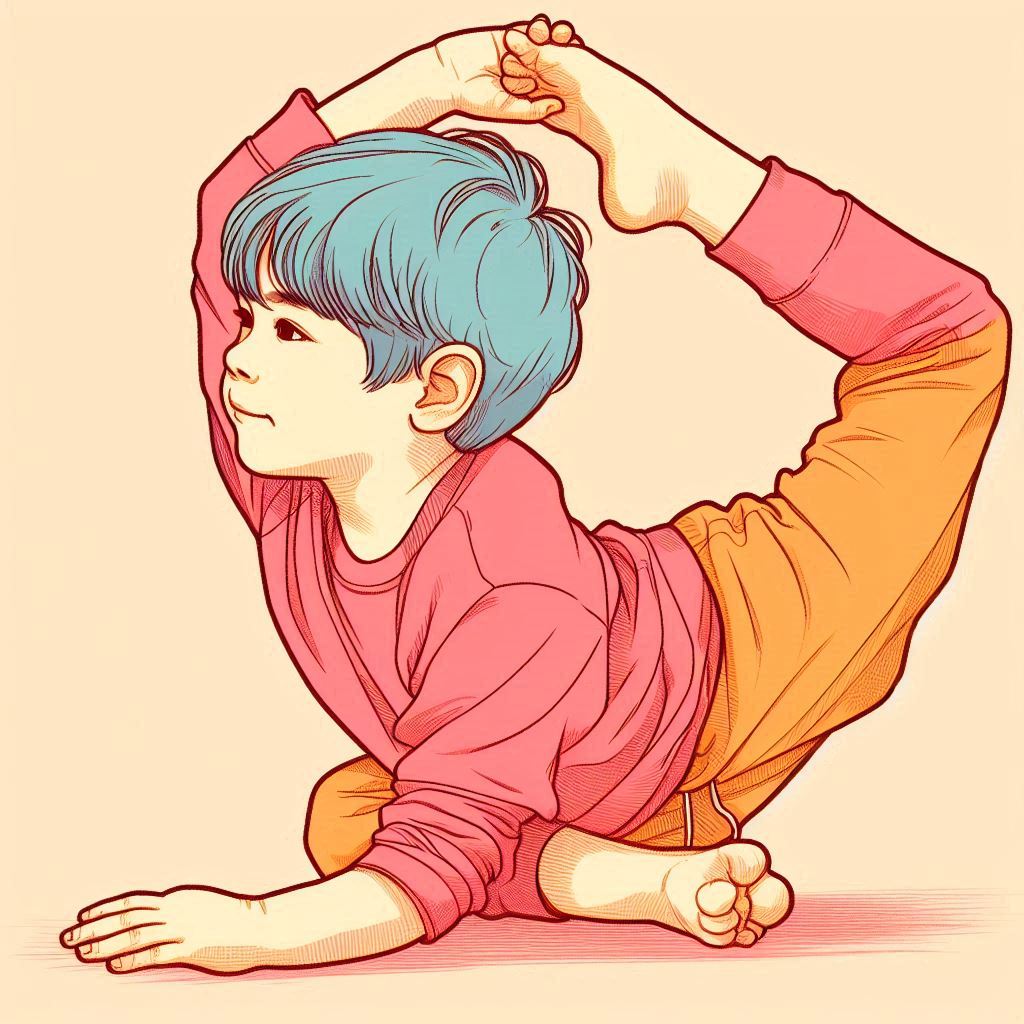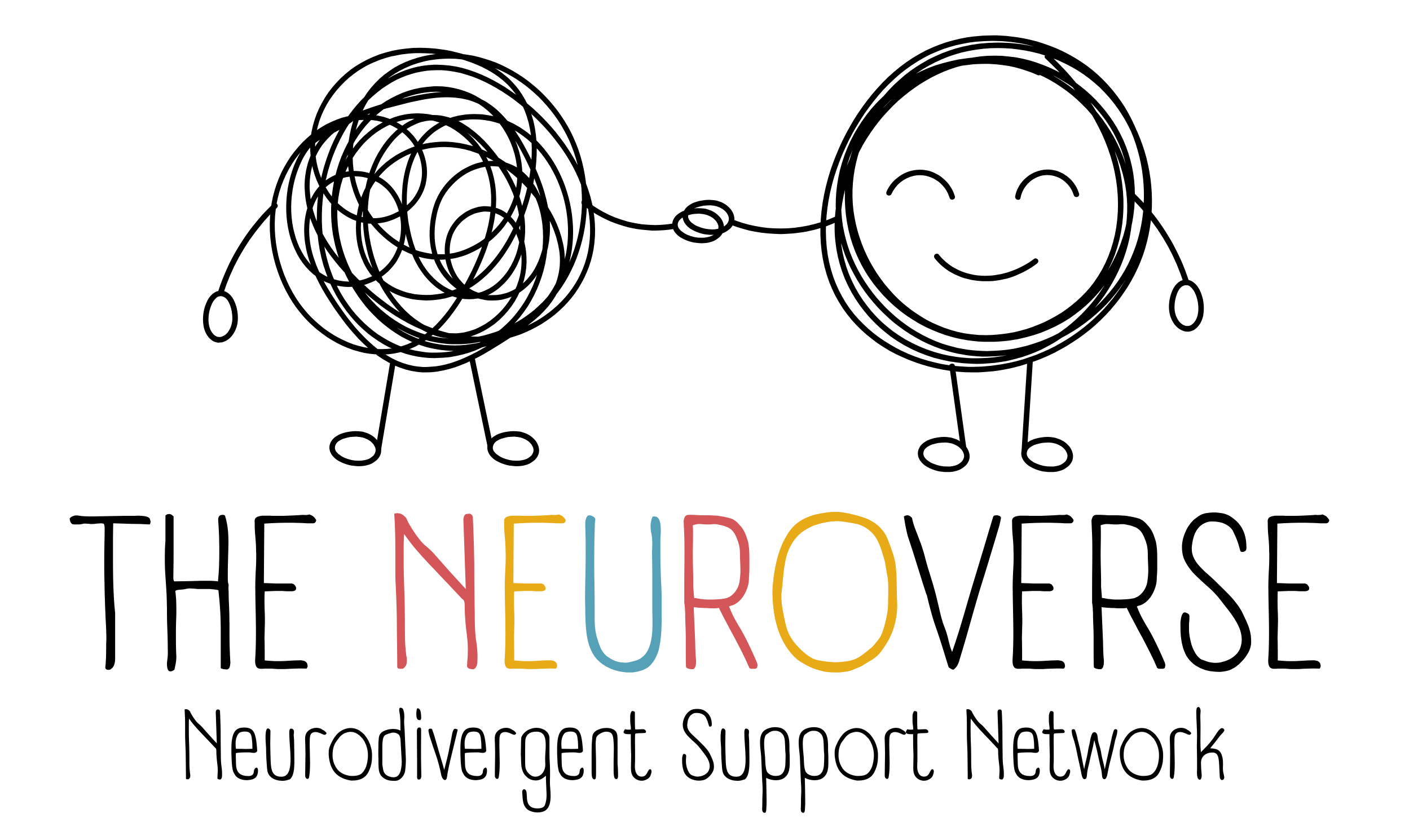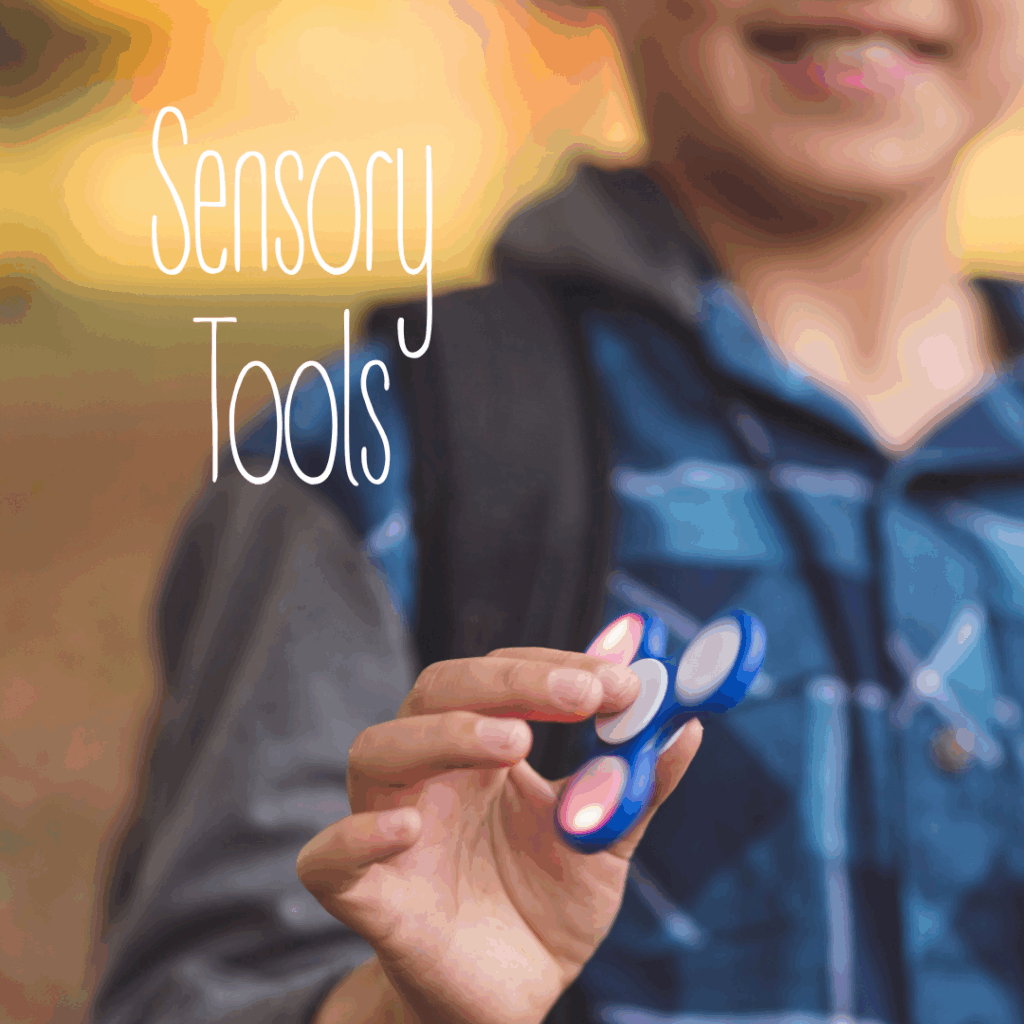Is there a connection: Hypermobility and Neurodivergence?

The Intersection of Hypermobility and Neurodivergence: Insights and Implications
Neurodivergent kids are more than twice as likely to have hypermobile joints compared to the general population!
In recent years, the intersection between hypermobility and neurodivergence has garnered increasing attention within the medical and scientific communities. This article synthesises recent findings to elucidate the relationship between hypermobility disorders and neurodivergent conditions such as Autism Spectrum Disorder (ASD) and Attention Deficit Hyperactivity Disorder (ADHD). Understanding these links can significantly impact the management and treatment of affected individuals, providing a foundation for more comprehensive and personalized healthcare.
Understanding Hypermobility
Hypermobility, often referred to as joint hypermobility syndrome (JHS) or hypermobile Ehlers-Danlos syndrome (hEDS), is characterised by unusually flexible joints that extend beyond the typical range of motion. While this condition can be asymptomatic, many individuals experience joint pain, frequent dislocations, and other musculoskeletal issues (Castori et al., 2013). Hypermobility syndromes also frequently coexist with autonomic dysfunctions such as Postural Orthostatic Tachycardia Syndrome (PoTS), chronic fatigue, gastrointestinal problems, and visual stress (Csecs et al., 2022).
Neurodivergence: A Broad Spectrum
Neurodivergence encompasses a variety of conditions, including autism spectrum disorder (ASD), attention deficit hyperactivity disorder (ADHD), dyslexia, and more. These conditions are characterised by atypical neurological development, which can affect behaviour, communication, learning, and social interactions (Singer, 2017). Neurodivergent individuals often experience unique challenges in communication, behaviour, and learning.
The Intersection of Hypermobility and Neurodivergence
Genetic Links
Recent studies suggest a potential genetic overlap between hypermobility and neurodivergent conditions. One hypothesis is that certain genetic mutations affecting connective tissue proteins, such as collagen, might also influence neurological development. This overlap is particularly evident in conditions like hEDS, where connective tissue abnormalities are well-documented (Tinkle et al., 2017).
Neurological and Physiological Mechanisms
There is growing evidence that the neurological mechanisms underlying neurodivergence might also contribute to hypermobility. For instance, autonomic dysfunction, which is common in both hypermobility and neurodivergent conditions like ASD, can impact the regulation of blood pressure, heart rate, and other bodily functions. This dysregulation can exacerbate symptoms in individuals with hypermobility (Eccles et al., 2014). Brain imaging studies have revealed structural differences between hypermobile and non-hypermobile individuals, particularly in regions such as the amygdala and the superior temporal cortex. These areas are also implicated in neurodivergent conditions like autism, suggesting a potential correlation in the neural structures affected by both hypermobility and neurodivergence (Eccles et al., 2012).
Prevalence and Symptoms
Neurodivergent individuals are more than twice as likely to have hypermobile joints compared to the general population. Studies show that over 50% of individuals with diagnoses of autism, ADHD, or tic disorders exhibit elevated levels of hypermobility, compared to just 20% in the general population. These individuals also report higher levels of pain and dysautonomia, which are related to the number of hypermobile joints (Eccles et al., 2023). Hypermobility faced by neurodivergent people is a mediating factor for associated symptoms of dysautonomia and pain. Connective tissue disorders can cause blood pooling in lax peripheral vessels and increase the sensitivity of the stretched and damaged tissue (Csecs et al., 2022).
Clinical Implications
Comprehensive Care Approaches
Understanding the link between hypermobility and neurodivergence is crucial for clinicians. A multidisciplinary approach involving rheumatologists, neurologists, and mental health professionals can provide comprehensive care. Health practitioners should consider the unique needs of neurodivergent individuals when managing hypermobility. This includes acknowledging communication preferences, which may involve non-verbal methods, and avoiding forcing individuals to mask or conform to neurotypical communication styles (Eccles et al., 2023). Addressing the chronic pain associated with hypermobility through physical therapy, along with tailored support for neurodivergent traits, can significantly improve quality of life for affected individuals (Bulbena et al., 2017).
Pain Management
Chronic pain is a significant concern for neurodivergent individuals with hypermobility. Studies suggest that dopamine dysregulation, common in ADHD, may contribute to increased pain sensitivity. Medications like methylphenidate, which regulate dopamine levels, are being explored as potential treatments to manage chronic pain in neurodivergent individuals, although these approaches are still experimental (Haddad et al., 2018). Researchers are now looking into using medications that regulate dopamine levels within the body as a pain management technique for neurodivergent people to reduce chronic pain.
Future Research and Developments
Further research is essential to elucidate the exact mechanisms connecting hypermobility and neurodivergence. Longitudinal studies and genetic research will likely provide deeper insights, paving the way for targeted therapies and improved diagnostic criteria. Understanding these connections will also help in reducing the barriers to healthcare for neurodivergent individuals, promoting more accessible and effective treatments.
The relationship between hypermobility and neurodivergence is complex and multifaceted, involving genetic, neurological, and physiological factors. Recognising and addressing this intersection is crucial for improving clinical outcomes and ensuring that neurodivergent individuals receive the most effective and personalised care. Continued research and a holistic approach to treatment can significantly enhance the quality of life for those affected by these interconnected conditions.
References
Bulbena, A., Pailhez, G., Bulbena-Cabré, A., et al. (2017). Joint hypermobility, anxiety and psychosomatics: two and a half decades of progress towards a new phenotype. Advances in Psychosomatic Medicine, 38, 17-29. https://doi.org/10.1159/000475697
Castori, M., Morlino, S., Pascolini, G., et al. (2013). Joint hypermobility syndrome and joint hypermobility spectrum disorders: Clinical and molecular aspects. Rheumatic Disease Clinics of North America, 39(2), 419-433. https://doi.org/10.1016/j.rdc.2013.03.002
Csecs, I., et al. (2022). Structural brain differences in hypermobility and their overlap with autism. Neuroscience Research, 123, 67-78. https://doi.org/10.1016/j.neures.2022.01.001
Eccles, J. A., Beacher, F. D. C., Gray, M. A., et al. (2014). Neurovisceral phenotypes in the expression of psychiatric symptoms. Frontiers in Neuroscience, 8, 70. https://doi.org/10.3389/fnins.2014.00070
Eccles, J. A., et al. (2012). Differences in brain structure in individuals with hypermobility. Journal of Neurology, 259(2), 290-298. https://doi.org/10.1007/s00415-011-6203-1
Eccles, J. A., et al. (2023). Hypermobile joints in neurodivergent populations: Prevalence and clinical implications. Frontiers in Psychiatry, 14, 543-556. https://doi.org/10.3389/fpsyt.2023.00070
Haddad, F. S., et al. (2018). Dopamine dysregulation and chronic pain in ADHD. Pain Medicine, 19(4), 811-819. https://doi.org/10.1093/pm/pnx222
Singer, J. (2017). Neurodiversity: The Birth of an Idea. D. Jones & T. Buckle (Eds.).
Tinkle, B., Levy, H., Symanksy, P., et al. (2017). Hypermobile Ehlers-Danlos syndrome (a.k.a. Ehlers-Danlos syndrome type III and Ehlers-Danlos syndrome hypermobility type): Clinical description and natural history. American Journal of Medical Genetics Part C: Seminars in Medical Genetics, 175(1), 48-69. https://doi.org/10.1002/ajmg.c.31538



Leave a Reply